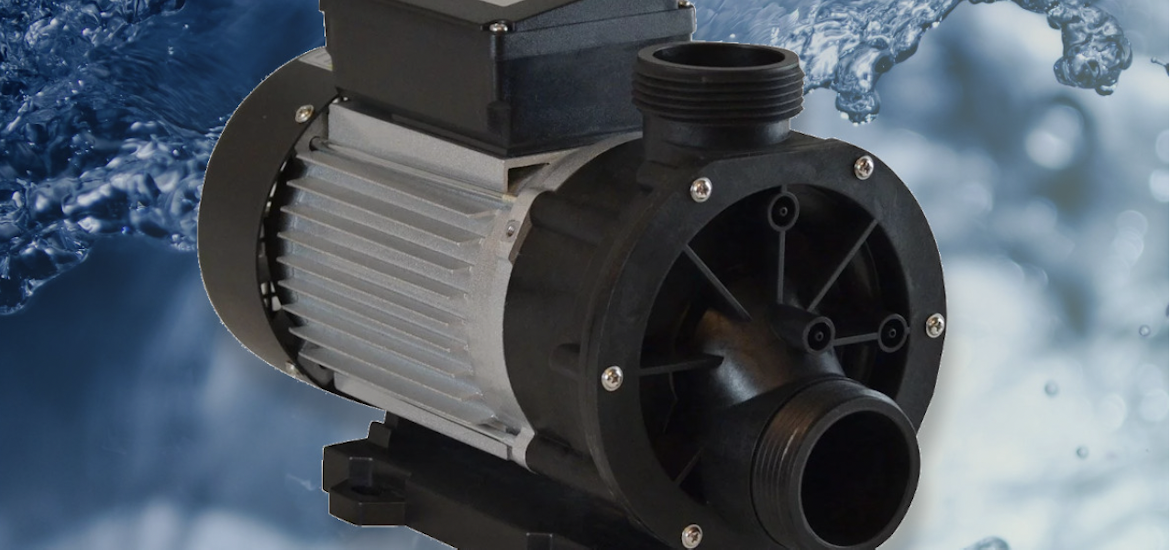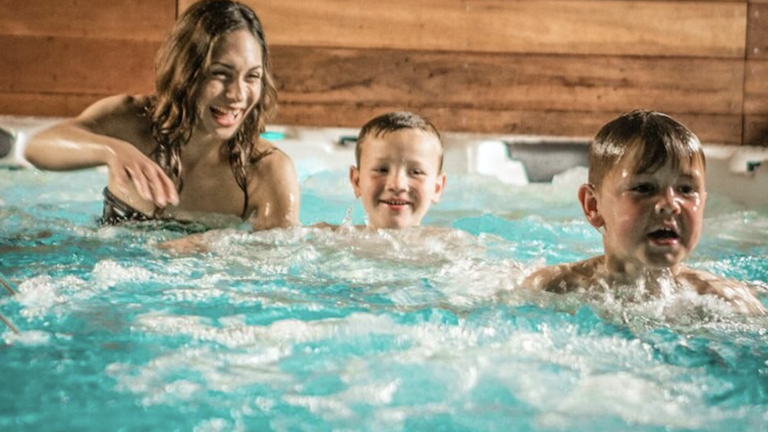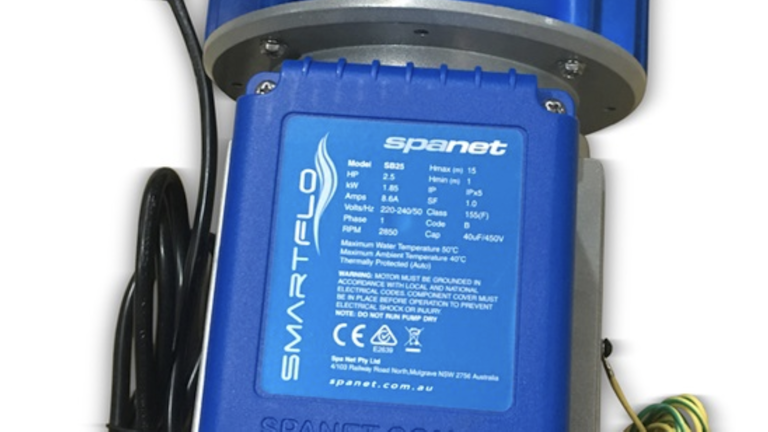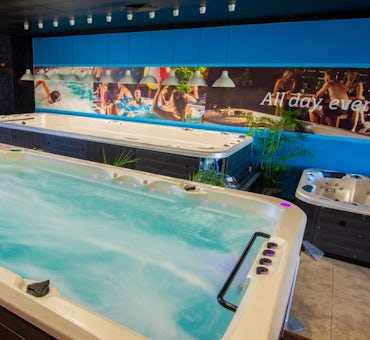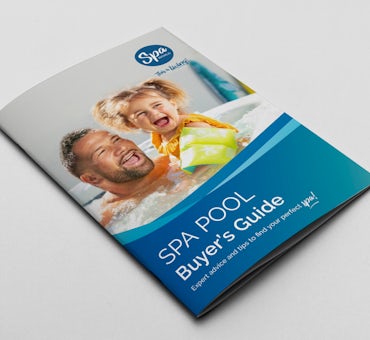The circulation pump is one of the most important components in your spa - it moves water through your filtration system and circulates your water evenly throughout your spa. When everything is working properly, this means your water is kept clean and crystal clear.
In this article, we’ll explain how a spa pump works and some of the common issues that you may experience with your spa pump and how to resolve them.
